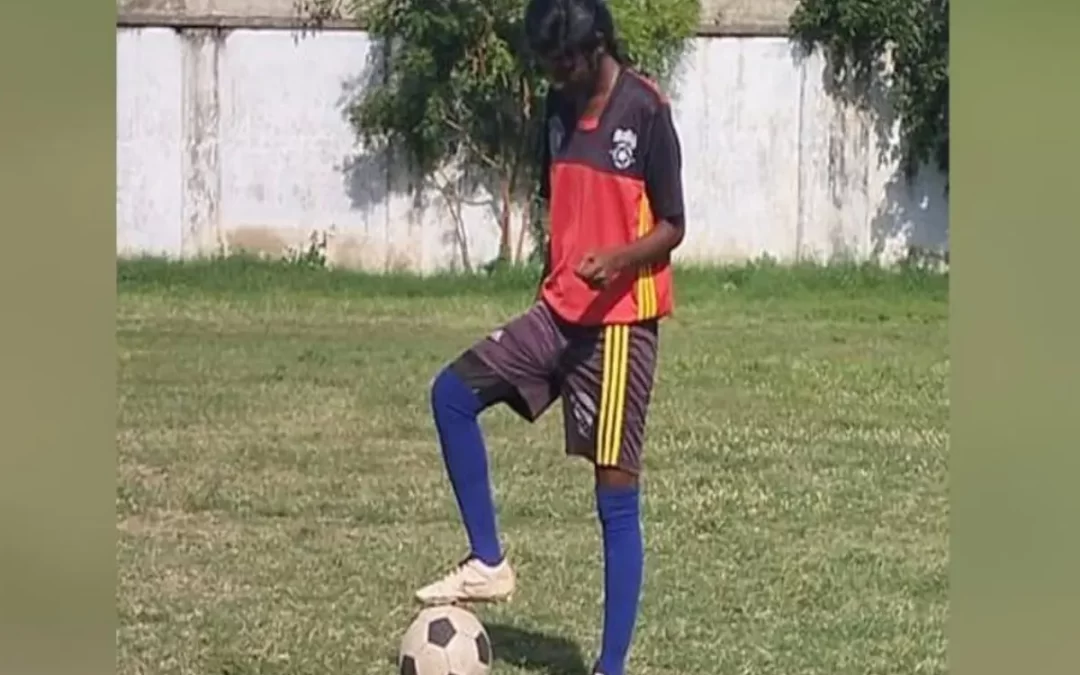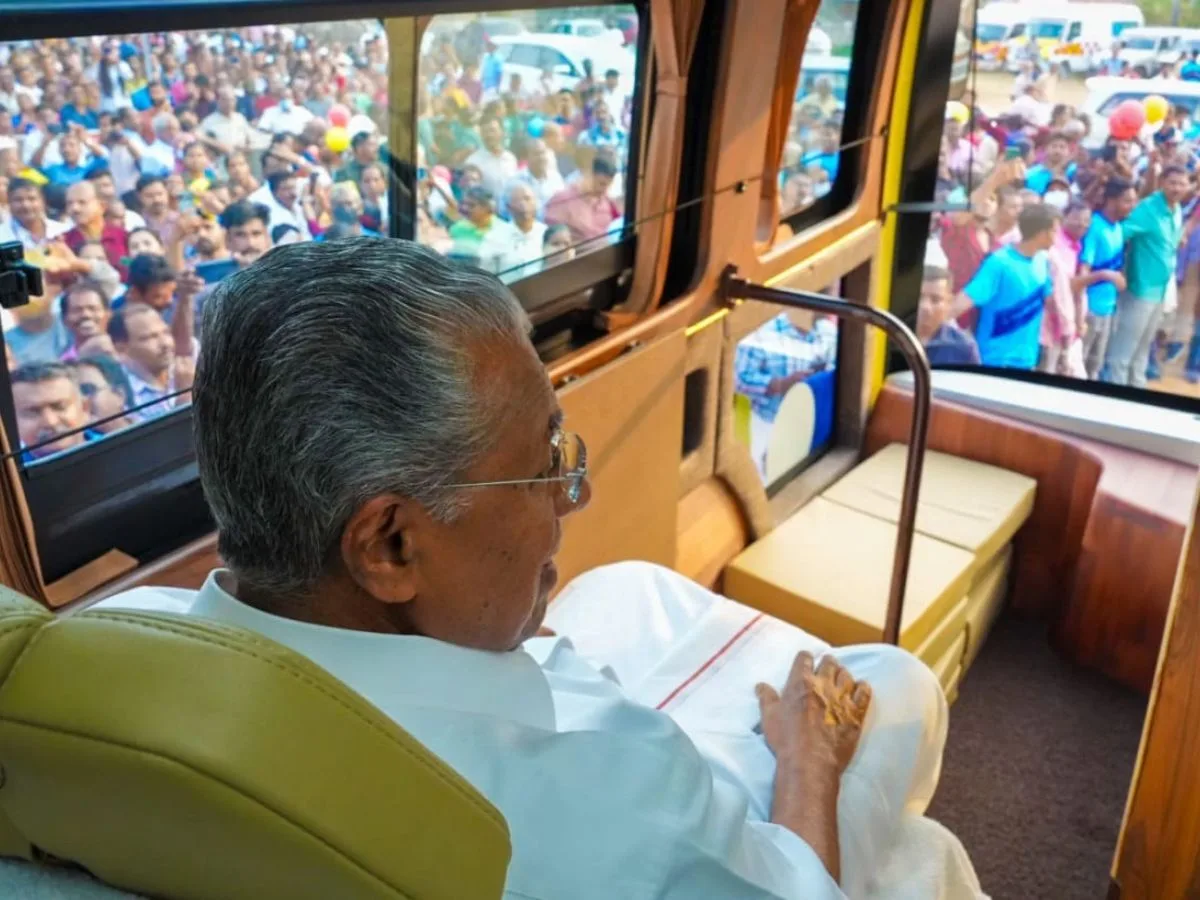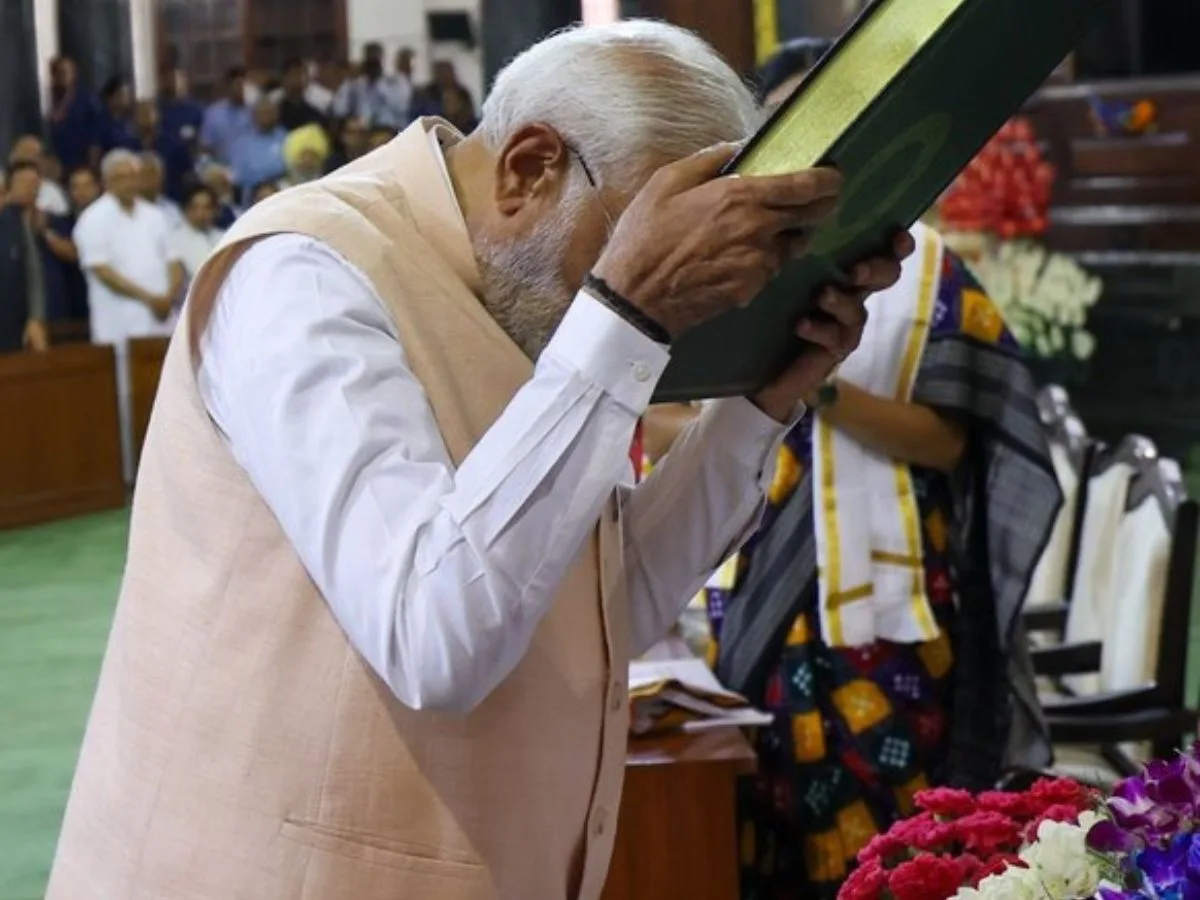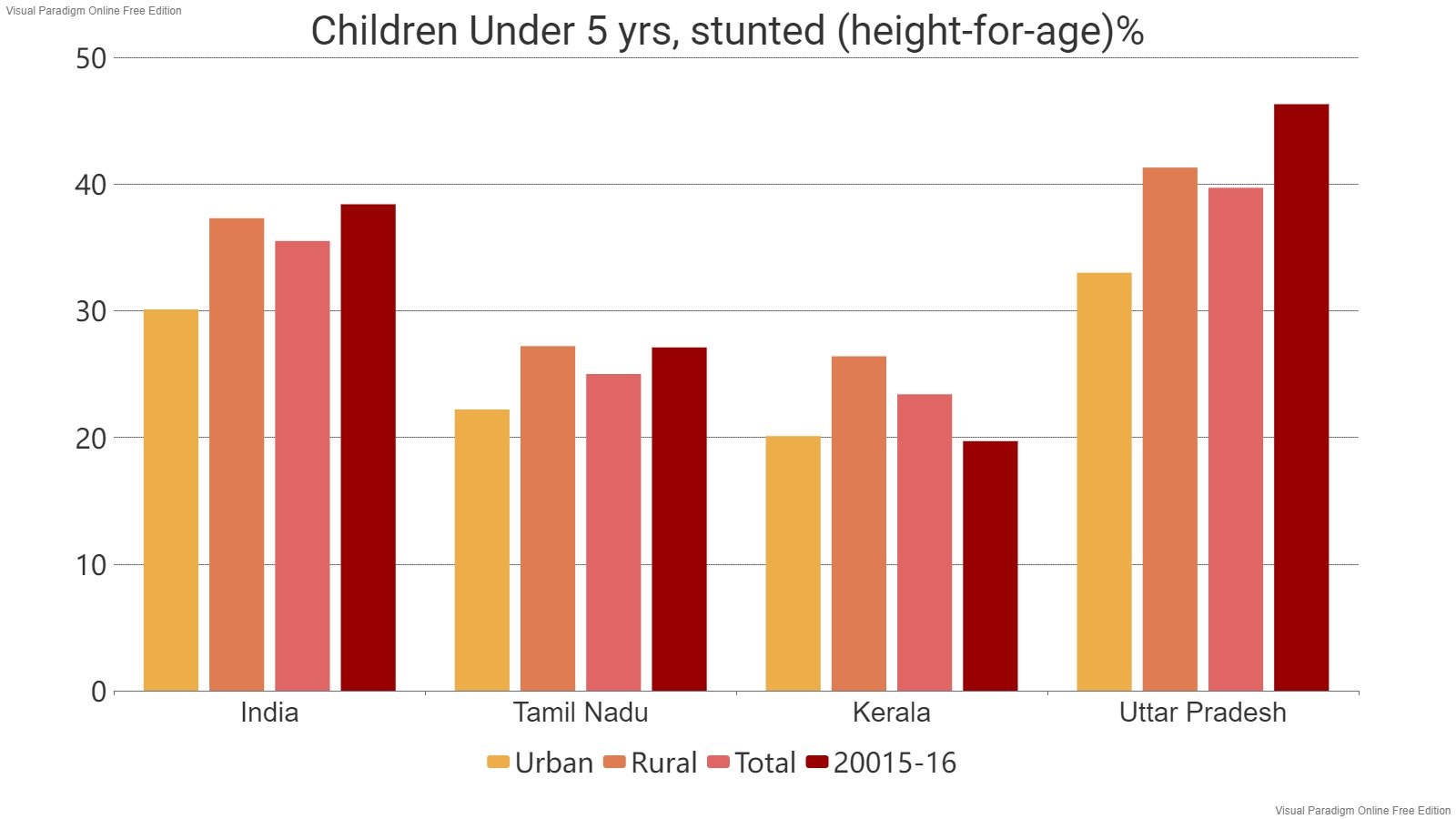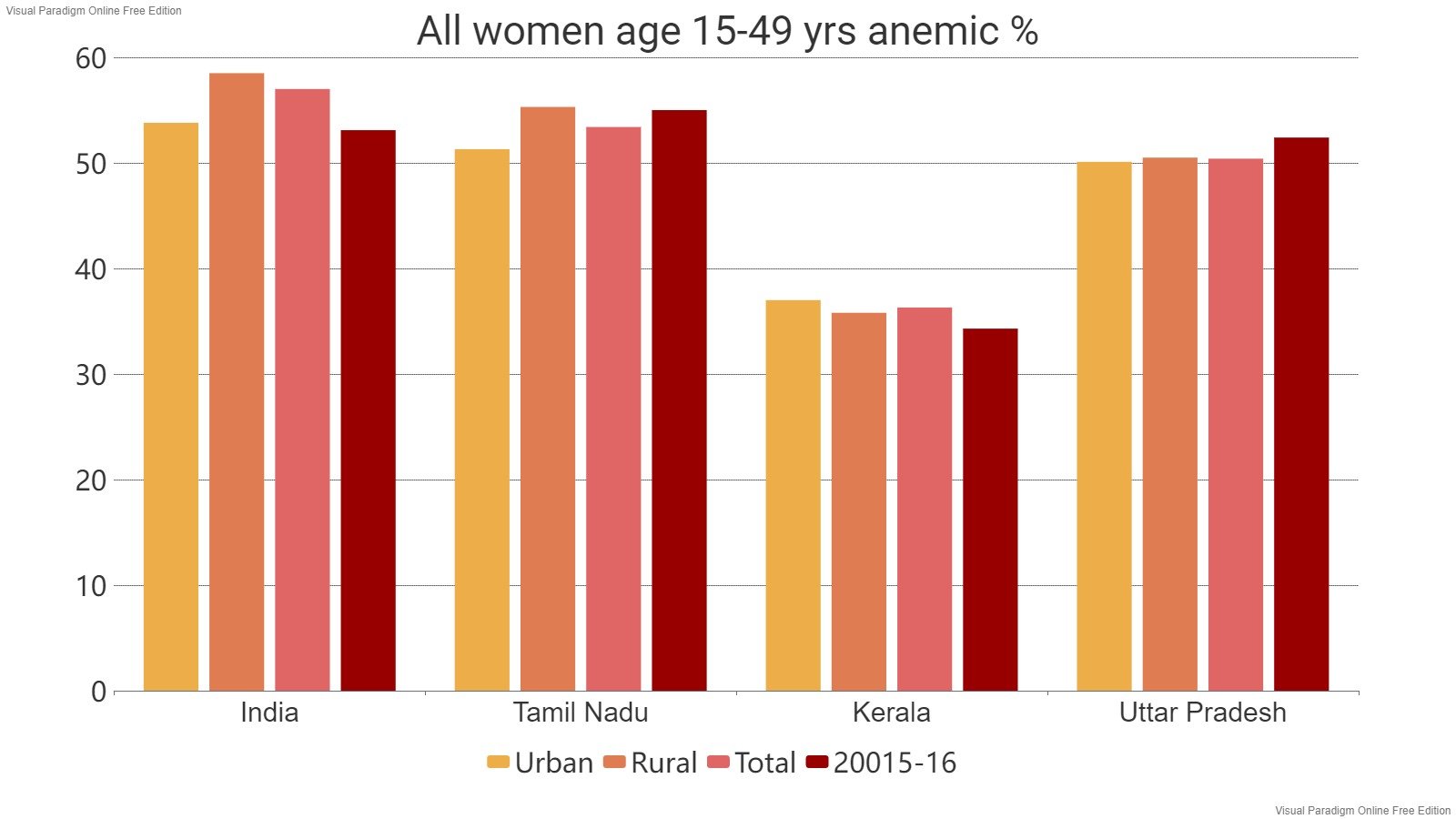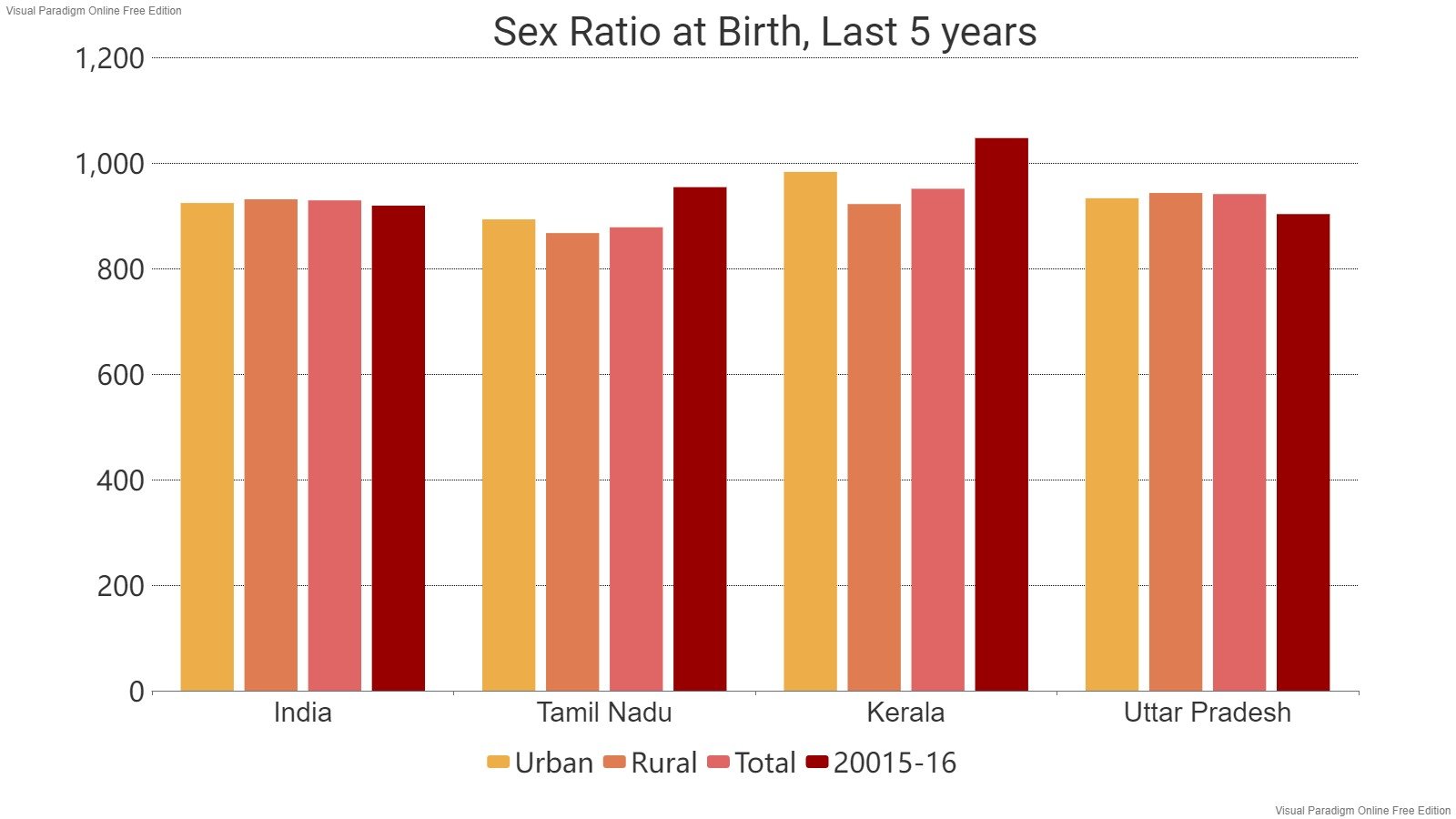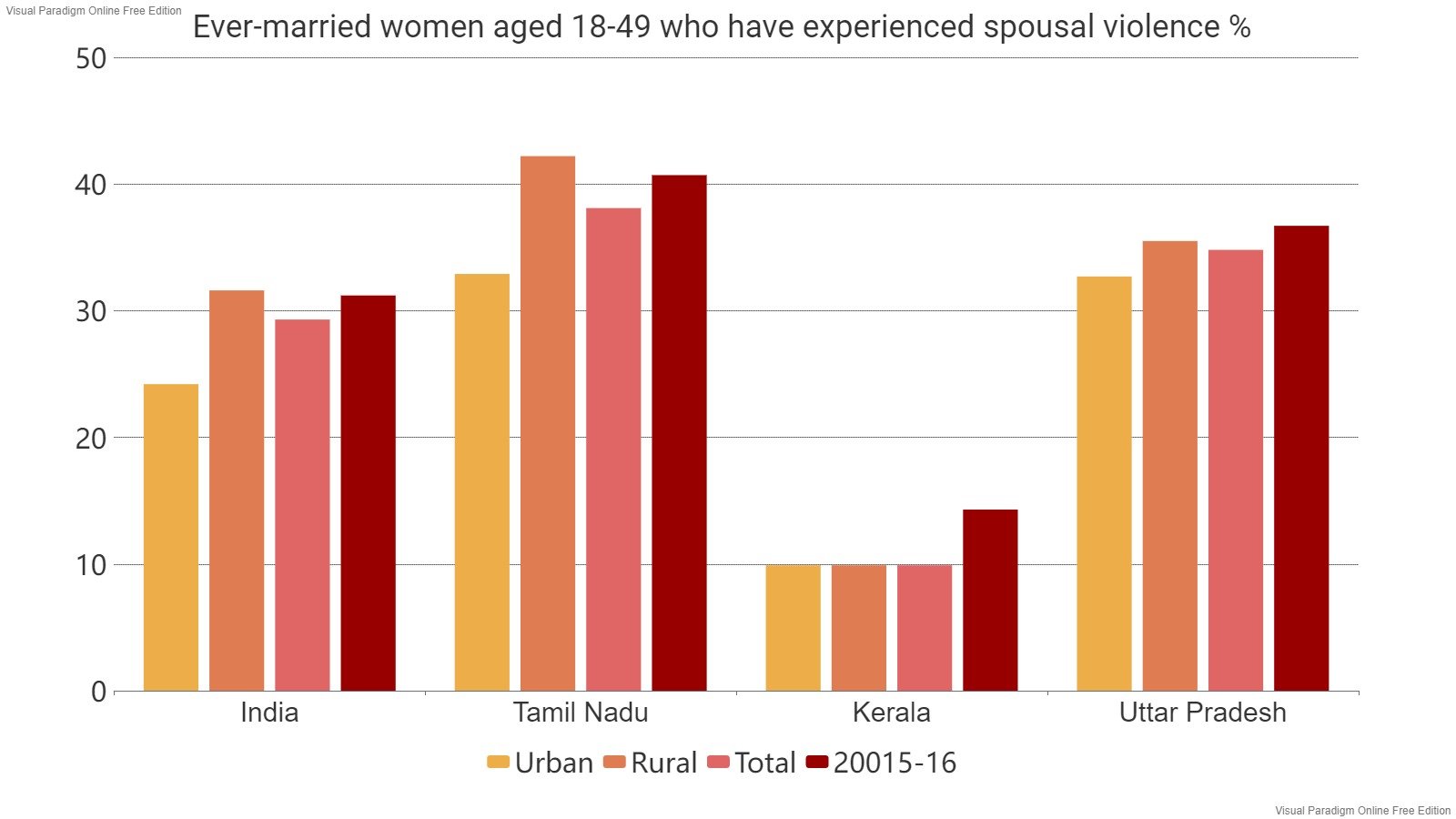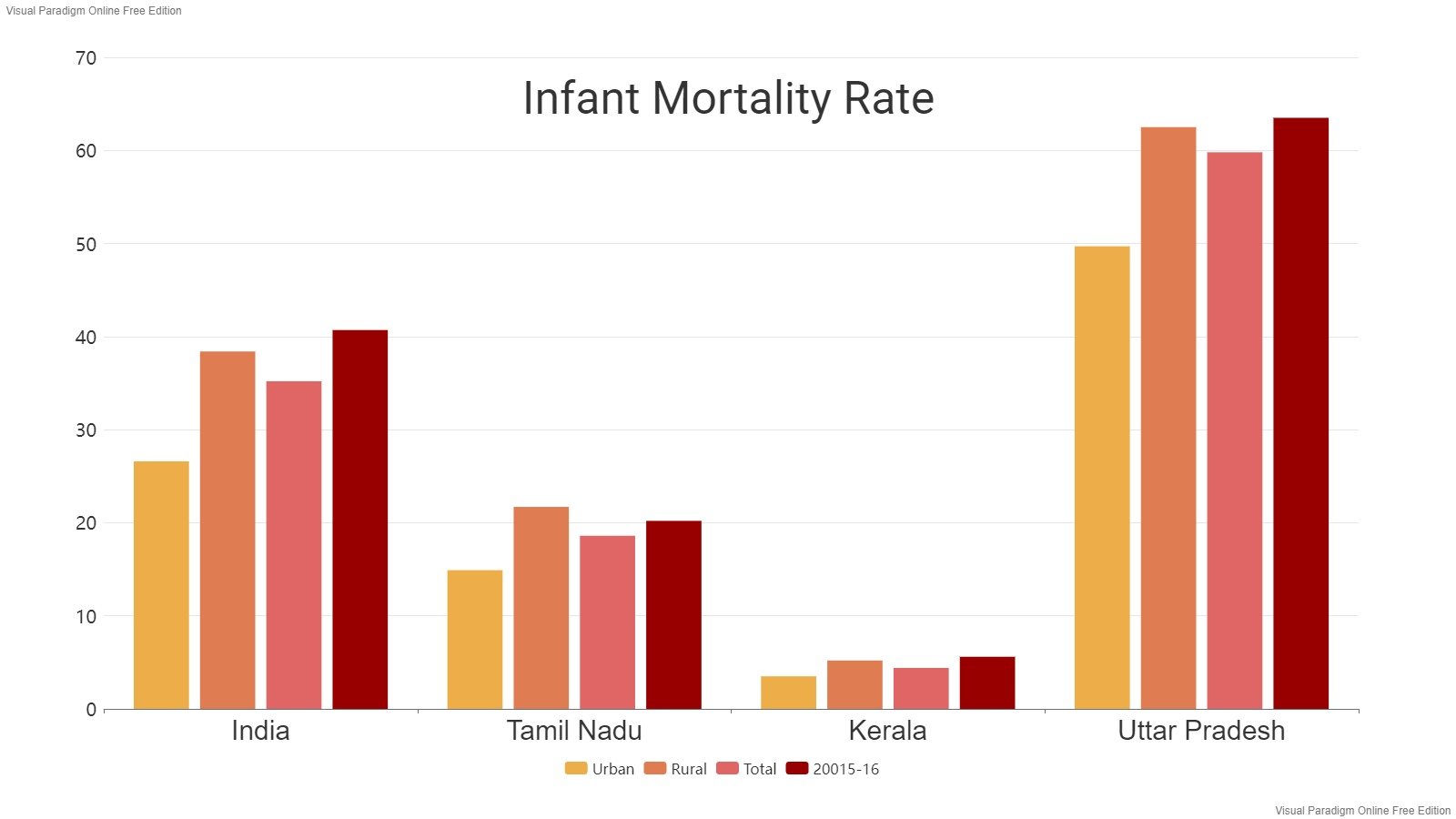Read in : தமிழ்
The sudden downturn in the health of teen footballer R Priya and her death on Tuesday has sent shock waves throughout the state and turned the focus on facilities, standards and quality of medical care in Tamil Nadu’s government hospitals. Doctors performed an arthroscopic ligament repair surgery on the 17-year-old, which was meant to improve her prospects in the sport, but resulted in a series of setbacks with fatal consequences.
Media reports indicate that the young sports aspirant opted for surgery at the Government Peripheral Hospital, Periyar Nagar, rather than at a tertiary hospital such as the Rajiv Gandhi Government General Hospital because it was close to her home.
Priya’s condition worsened allegedly because the doctors did not adequately monitor the effect of the compression bandage applied after the procedure. This resulted in tissue death in the leg and the release of toxic proteins from the muscle tissue, following which the doctors had to amputate the limb, media reports said. Further, the toxicity caused by the proteins damaged the kidneys and liver and led to organ failure and death.
Tamil Nadu’s Health Minister Ma Subramaniam told reporters at a press conference that the compression bandage was the root cause of the fatality. “The compression bandage used on Priya had been too tight. It affected blood flow, causing the veins to decay,” he told reporters at a press conference, asserting that the surgery itself had been done properly. The government has launched a preliminary penal action against two doctors at the Peripheral Hospital, and announced an immediate financial solatium of Rs10 lakh for Priya’s family.
The compression bandage used on Priya had been too tight. It affected blood flow, causing the veins to decay
Focus on public system
Images of a lively teenager full of hope dribbling a football in the field, aspiring to higher achievements and a possible government job through the sports quota juxtaposed with the reality of the young girl then suddenly being felled by a medical procedure has triggered a wave of public outrage at the health care system, and an outpouring of grief.
There are several aspects to the case that need close scrutiny. The obvious ones revolve around medical competence, negligence, post-surgical protocol, intensive care, facilities for diagnostics and whether government doctors are empowered enough to requisition all necessary treatment options that may exist in any institution in the city.
Also Read: When and if India becomes a football power, her Maradona may come from Thoothoor
But essentially, Priya’s tragic death has given the impression that the public health system is an inefficient and incompetent one, compared to expensive, private, for-profit hospitals. While private hospitals parade their patients, selectively, as success stories in the media, the public system has come in for scathing criticism as a colossal failure.
A lot will depend on a transparent death audit in Priya’s case; the Health Minister’s assurances alone won’t do.
Tamil Nadu spends less than 1% of the Gross State Domestic Product (GSDP) on public health, while experts working on the State Health Policy have favoured a rise to 2%. This is the most recent data on the State government’s expenditure on health, used in official estimates of 2022 (as opposed to care funded by people with their own funds or private insurance).
If the state government does increase the health budget adequately, it will lead to less pressure on tertiary hospitals to deliver basic care, freeing them up to focus on intensive care, trauma handling and specialist procedures. More funds will also scale up diagnostics to meet the needs of lakhs of people who depend on public hospitals. And this would help pick up markers early and prevent patients from experiencing medical complications.
The parameters indicating tissue damage in Priya’s leg could possibly have been detected through blood tests instantly and intensive care started. She could have been monitored intensively post-surgery at the Periyar Nagar hospital from November 7 with no time lost, when the first complications set in. The sequence clearly shows that she was not closely monitored, and had to be shifted to RGGGH as complications set in.
The government has launched a preliminary penal action against two doctors at the Peripheral Hospital, and announced an immediate financial solatium of Rs10 lakh for Priya’s family
A health budget that matches the high volumes of patients handled by public hospitals would also prevent other catastrophes that do not get much media and political attention. For instance, a group of 16 patients who underwent dialysis for kidney failure at Stanley Hospital contracted deadly Hepatitis C infection in 2014 and several died over the next few years.
Legal conundrum
While a patient usually has no sound knowledge of the risks of surgery, a legal determination of medical negligence is made based on whether the doctors used a reasonable approach and exercised due diligence.
It is well known that adopting a ‘checklist method’, made famous by the celebrity doctor and writer Atul Gawande in the US, reduces errors in medical practice and surgery. It takes into account all known risks. Courts also typically look at the preliminary due diligence done by the medical institution to determine negligence.
Also Read: How not to die at the gym: Take it slow, eat right, be mindful, say trainers
In January 2022, a judicial magistrate in Bidar, Karnataka held three doctors of a private hospital guilty of negligence because they had gone ahead with a surgery in the absence of a ventilator, and the patient died. The doctors were sentenced to two years’ simple imprisonment. There were other incriminating aspects to that case as well, including covering up wrong procedures and falsification of facts.
On the other hand, the Supreme Court has held that the standard of proof to prove negligence has to be unimpeachable. The apex court said in a case in September 2022 that, “unless the appellants are able to establish before this Court any specific course of conduct suggesting a lack of due medical attention and care, it would not be possible for the Court to second-guess the medical judgement of the doctors on the line of medical treatment which was administered….”
Beyond the legal conundrum, the DMK government is left facing political pressure from opposition parties who have called for exemplary solatium to Priya’s family.
Tamil Nadu’s public health system is praised for its efficiency, particularly on population-level interventions such as maternal and child health, and preventive measures such as vaccinations and nutrition. Priya’s death underscores the importance of developing a universally accessible first line of medical access through free local clinics, and upgraded referral tertiary public hospitals where doctors have the same facilities as their private sector counterparts.
Read in : தமிழ்
